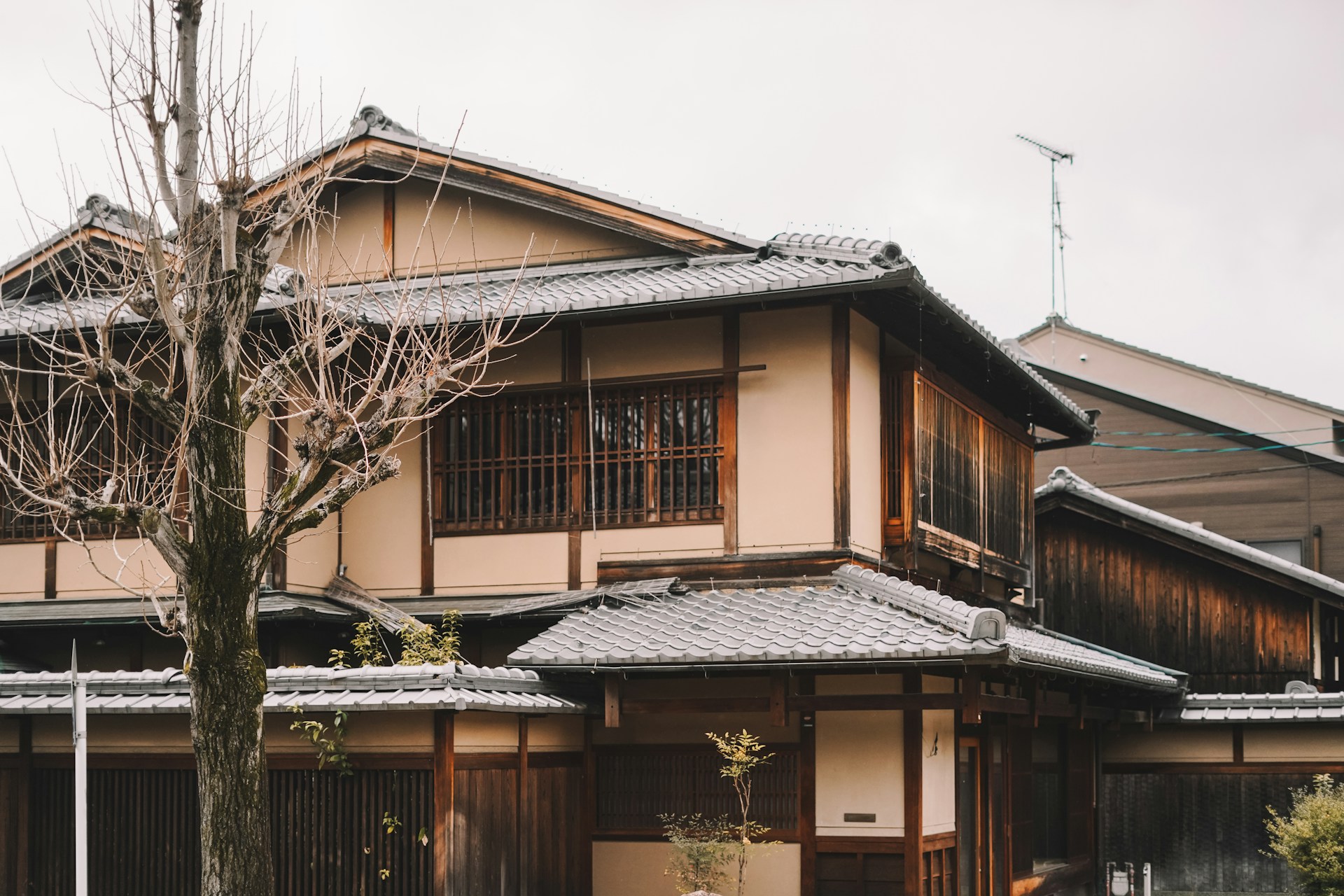9 Signs You Need Emergency Tree Services – And Why You Can’t Afford to Wait
Trees bring beauty and shade to any outdoor space, but when things go wrong, they can quickly turn into a serious hazard. Whether it’s storm damage, disease, or a tree leaning dangerously close to your home, waiting too long to act could result in costly property damage—or worse, a safety risk to you and your family.
So how do you know when it’s time to call in emergency tree services? Here are nine warning signs that require immediate attention.
1. A Tree Is Suddenly Leaning
If a tree that once stood tall has started leaning to one side, this is a red flag. A sudden lean often means the root system is failing or the soil beneath it has shifted. Left unchecked, this tree could come crashing down, potentially damaging property or injuring someone. An experienced arborist offering professional tree services in Atlanta can assess whether the tree can be saved or if it needs to be removed before it causes harm.
2. Cracks or Splits in the Trunk
A tree trunk with deep cracks or splits is a sign of structural weakness. If these fractures are large, they can indicate internal decay, making the tree unstable. High winds or heavy rain could easily push a compromised tree past its breaking point. Ignoring these signs might lead to a dangerous situation, so it’s best to get an expert’s opinion right away.
3. Large Branches Are Hanging or Broken
Heavy branches dangling from a tree are an accident waiting to happen. They can break off at any moment, especially if the tree is already weakened by disease or storm damage. A strong gust of wind or even slight movement could bring them crashing down, risking injury to anyone nearby. Emergency tree services can safely remove dangerous limbs before they fall.
4. Signs of Disease or Decay
A diseased tree might not always look dangerous at first glance, but certain symptoms should never be ignored. Watch out for:
- Mushrooms growing at the base – This often signals internal rot.
- Hollow or soft spots on the trunk – A tree that’s hollow inside can be extremely weak.
- Unusual leaf loss or discolouration – If the tree’s foliage looks unhealthy outside of seasonal changes, it could indicate disease.
Diseased trees can become brittle and unpredictable, making them more likely to fall. If you notice any of these signs, it’s best to have a professional inspect the tree immediately.
5. The Tree Was Damaged in a Storm
High winds, lightning, and heavy rain can leave trees in a dangerous state. A tree that has lost multiple branches or has been struck by lightning might not be as stable as it looks. Sometimes the internal damage isn’t obvious until it’s too late. If your tree has suffered significant storm damage, don’t wait for the next bad weather event—get it checked and dealt with as soon as possible.
6. Roots Are Exposed or Uprooted
Healthy trees rely on strong roots to keep them upright. If you notice exposed roots, soil erosion around the base, or signs of the tree tilting, it could mean the root system has been compromised.
This makes the tree more vulnerable to falling, especially in high winds. Since root problems often indicate structural instability, emergency intervention might be necessary.
7. The Tree Is Too Close to Your Home or Power Lines
Trees growing too close to buildings, driveways, or power lines can become a serious hazard. If branches are already touching your home or overhanging electrical wires, they could cause damage in a storm or strong winds. A falling tree or broken branch could smash windows, crush a roof, or even bring down power lines. If a tree is dangerously close to a structure or utility lines, don’t wait for an accident—call for help.
8. Unusual Noises Coming from the Tree
Yes, trees can make noise, and if yours is creaking, cracking, or making other strange sounds, it’s time to pay attention. These noises often indicate internal stress, meaning the wood is weakening under its own weight.
Windy conditions can push a stressed tree past its breaking point, leading to falling branches or even complete collapse. If you hear unsettling sounds coming from a tree, especially after a storm or during high winds, don’t ignore it—this is a strong sign that emergency intervention is needed.
9. Insect Infestation or Pest Damage
Certain pests can wreak havoc on a tree’s health, turning it into a ticking time bomb. If you notice an increase in wood-boring insects, excessive sawdust-like residue at the base, or peeling bark with holes underneath, your tree could be under attack.
Insects like beetles and termites can eat away at the internal structure, making it weaker over time. A compromised tree may not fall immediately, but once the damage is extensive, it won’t take much to bring it down.
Calling in professionals at the first sign of severe pest damage can prevent a hazardous situation and potentially save the tree if caught early enough.
Why Quick Action Matters
Ignoring a dangerous tree can lead to serious consequences. Falling branches, collapsing trees, and root-related damage to structures can cause expensive repairs and, in worst-case scenarios, life-threatening situations.
Emergency tree services are there to remove risks before they turn into disasters. A professional arborist will assess the situation, remove unstable trees or branches, and ensure the rest of your landscape remains safe and intact.
If you notice any of these warning signs, don’t hesitate—waiting could cost you more than just repairs. Acting fast keeps your home, family, and surroundings protected.

